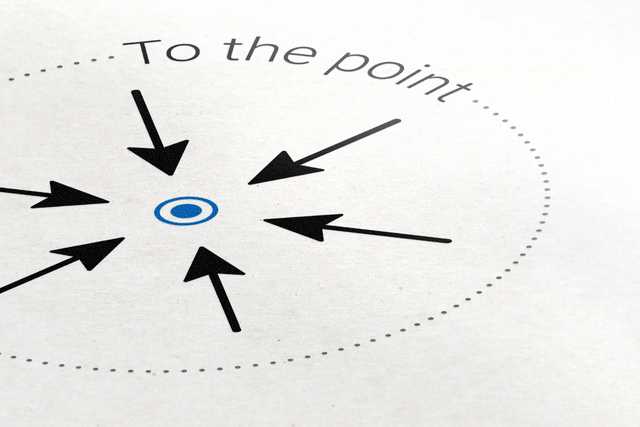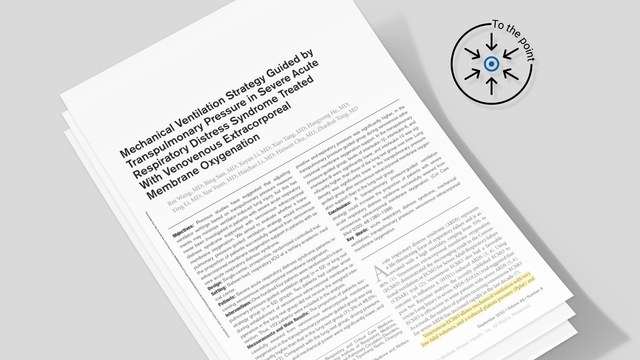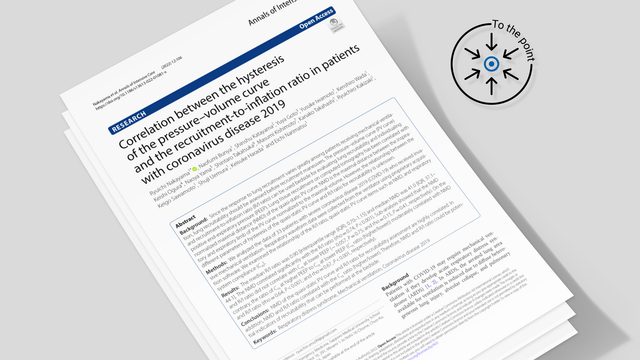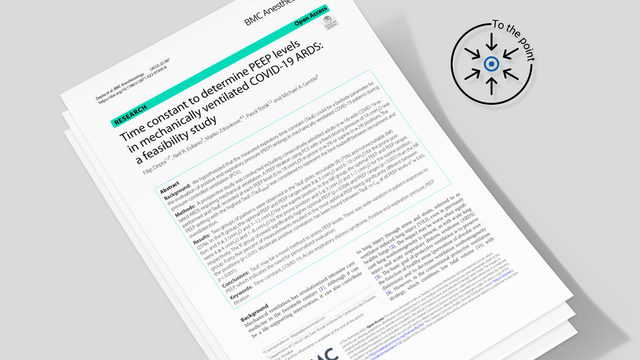
I traguardi della medicina intensiva
La medicina non si ferma mai. I ricercatori di tutto il mondo si impegnano costantemente per migliorare le tecnologie e la gestione dei pazienti in condizioni critiche. Ogni tanto una pubblicazione emerge tra le altre e ci spinge a rivalutare le nostre scelte e talvolta a cambiare direzione. L'articolo qui sotto è il primo della nostra nuova biblioteca, che nasce per prendere questo genere di articoli rivoluzionari e andare dritti al punto, estraendo i dati e i risultati essenziali per presentarli in una veste accessibile e standardizzata. Speriamo che apprezzerete questo lavoro e ci piacerebbe ricevere i vostri feedback e commenti.

Transpulmonary‑pressure guided strategy in severe ARDS treated with VV‑ECMO

Correlation between the hysteresis of the PV curve and R/I ratio

Time constant to determine PEEP ‑ A feasible approach?

Prehospital EtCO2 and mortality in suspected severe traumatic brain injury patients

Predicting outcomes in ARDS patients ‑ Does partitioning respiratory mechanics help?






